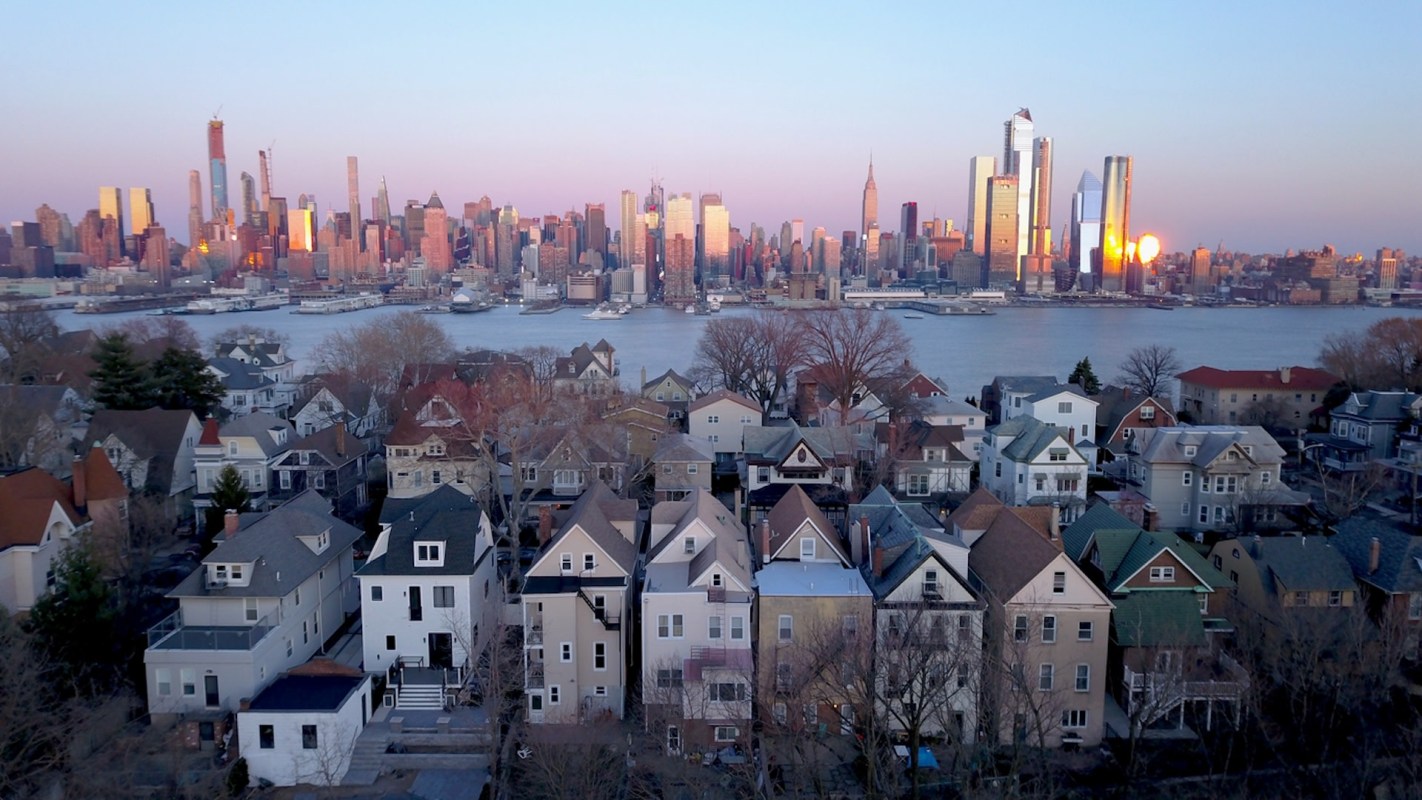Energy insecurity is gaining attention as researchers from Columbia University Mailman School of Public Health and the New York City Department of Health and Mental Hygiene shed light on its implications for residents of New York City.
The findings — part of the first representative survey of its kind — offer crucial insights into the challenges faced by a significant portion of the city's population, according to a university news report.
What's happening?
The study, published in the February issue of Health Affairs, revealed startling statistics about energy insecurity in New York City.
Approximately 30% of city residents experience some form of energy insecurity, defined as the inability to meet household energy needs. This includes difficulties paying utility bills, experiencing discomfort because of extreme temperatures, and even facing service disconnections due to debt or nonpayment.
Why is energy insecurity concerning?
Energy insecurity isn't merely an inconvenience; it's a significant public health concern.
The study highlighted the correlation between energy insecurity and adverse health outcomes. It found that those experiencing three or more indicators of energy insecurity are more likely to suffer from respiratory, mental health, and cardiovascular conditions, as well as rely on electric medical devices.
Indicators of energy insecurity were significantly higher among Black non-Latino and Latino residents (40% and 33%, respectively) compared with white non-Latino residents (18%). This indicates that the issue disproportionately affects more vulnerable communities, including Black and Latino residents. Renters, recent immigrants, and households with children also "experienced significantly higher levels of energy insecurity," per the university.
This is an example of a larger health equity issue that expands beyond just New York City. For example, individuals living in rural areas, like Alabama's Black Belt, have faced significant health equity issues due to inadequate wastewater infrastructure. The lack of federal funds for sanitation upgrades has left predominantly Black populations vulnerable to health risks that are not as prevalent in more affluent areas with better infrastructure.
Global heating has also caused diseases typically found in tropical regions to become threats in other parts of the world. This shift means that populations previously not exposed to certain diseases, like West Nile or Zika virus, may now face new health risks without the established medical infrastructure or knowledge to effectively manage them.
What's being done about energy insecurity?
Addressing energy insecurity is imperative for promoting health equity and building a cleaner, healthier future for all. The study underscores the need for additional research to understand the scope of the problem fully.
As Diana Hernández, senior author on the study, emphasized in a press release by Columbia, "Our findings confirm there is a need for more large-scale, comprehensive, and collaborative studies of this type."
Fortunately, initiatives are underway to combat energy insecurity and its associated health risks. The collaboration between academic institutions and government agencies, as demonstrated in this study, is essential for developing targeted interventions and policies.
By addressing energy insecurity, we not only improve health outcomes for individuals but also advance health equity and resilience in the face of climate issues.
Join our free newsletter for cool news and actionable info that makes it easy to help yourself while helping the planet.









